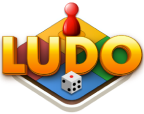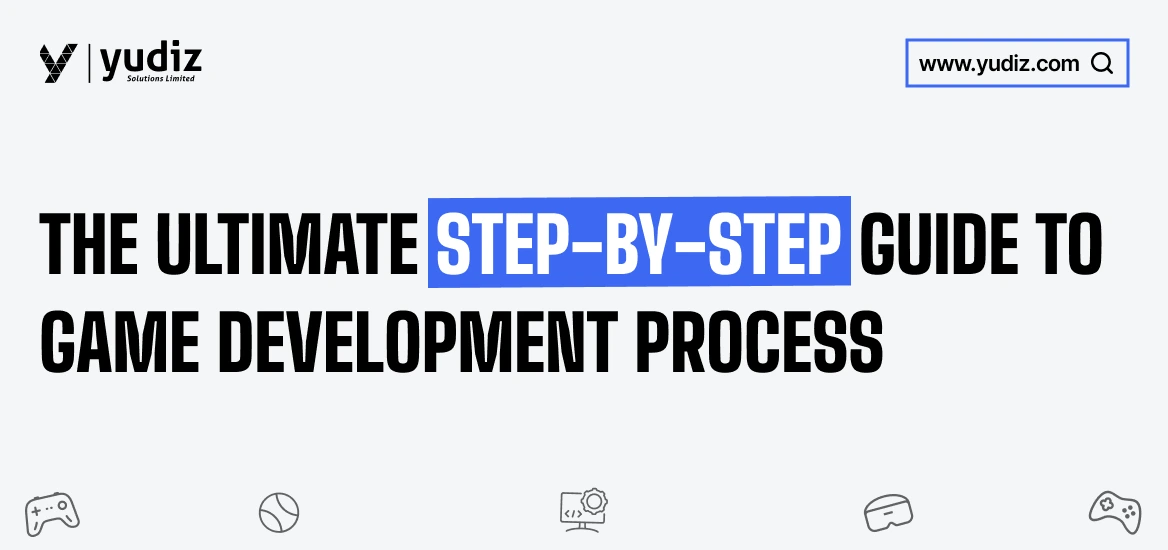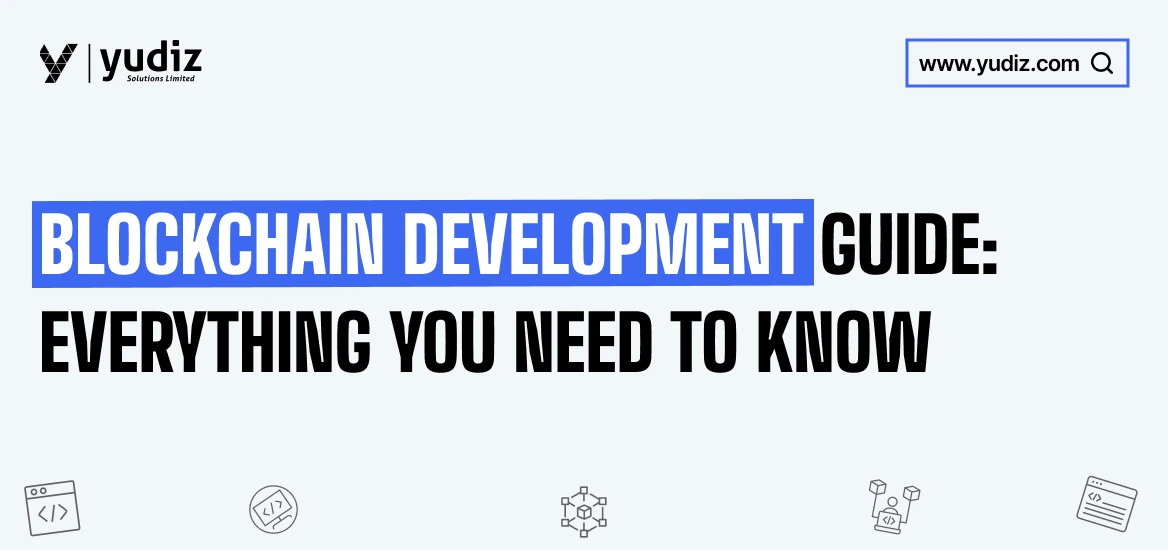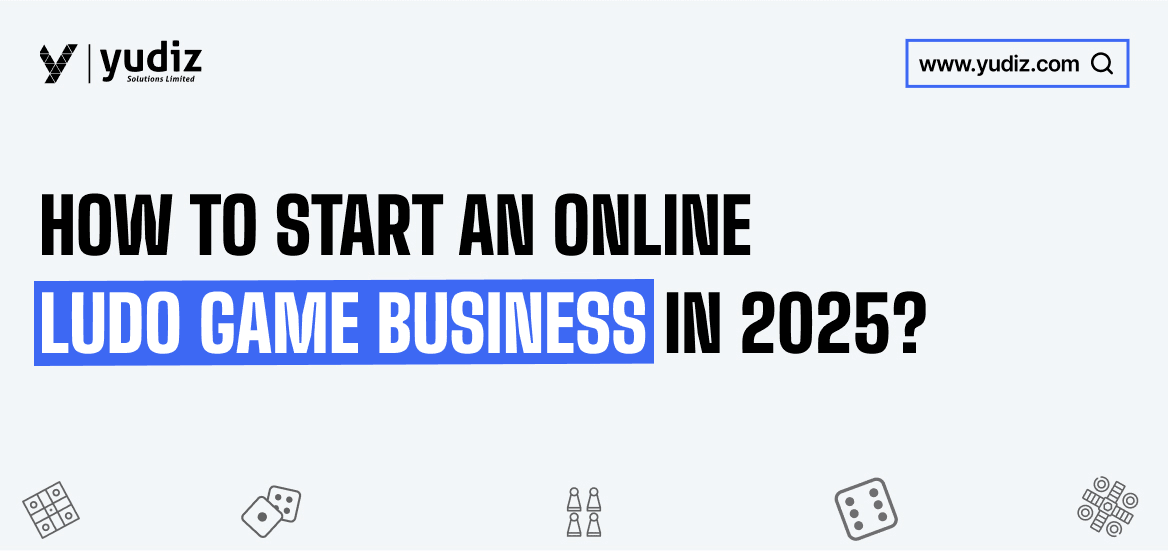Explained Simply9th April 2025
“GAME” has now become one of the most trendy and favorite words among users, mostly teenagers. There are different types of games available in the online marketplace, creating excitement among users to win prizes in different ways. This has also created an opportunity for business, startups or entrepreneurs to develop their gaming platform and have good revenue generation. Before moving forward to successful game development, it is important to understand the game development process.
The game development process involves multiple steps, and each plays an important role in developing different types of games. A business must have a clear approach to developing a game following a structured format that helps to follow with a well-defined process and does the execution at ease. Here is a guide to the game development process for businesses, from concept following to development and then launching the game.
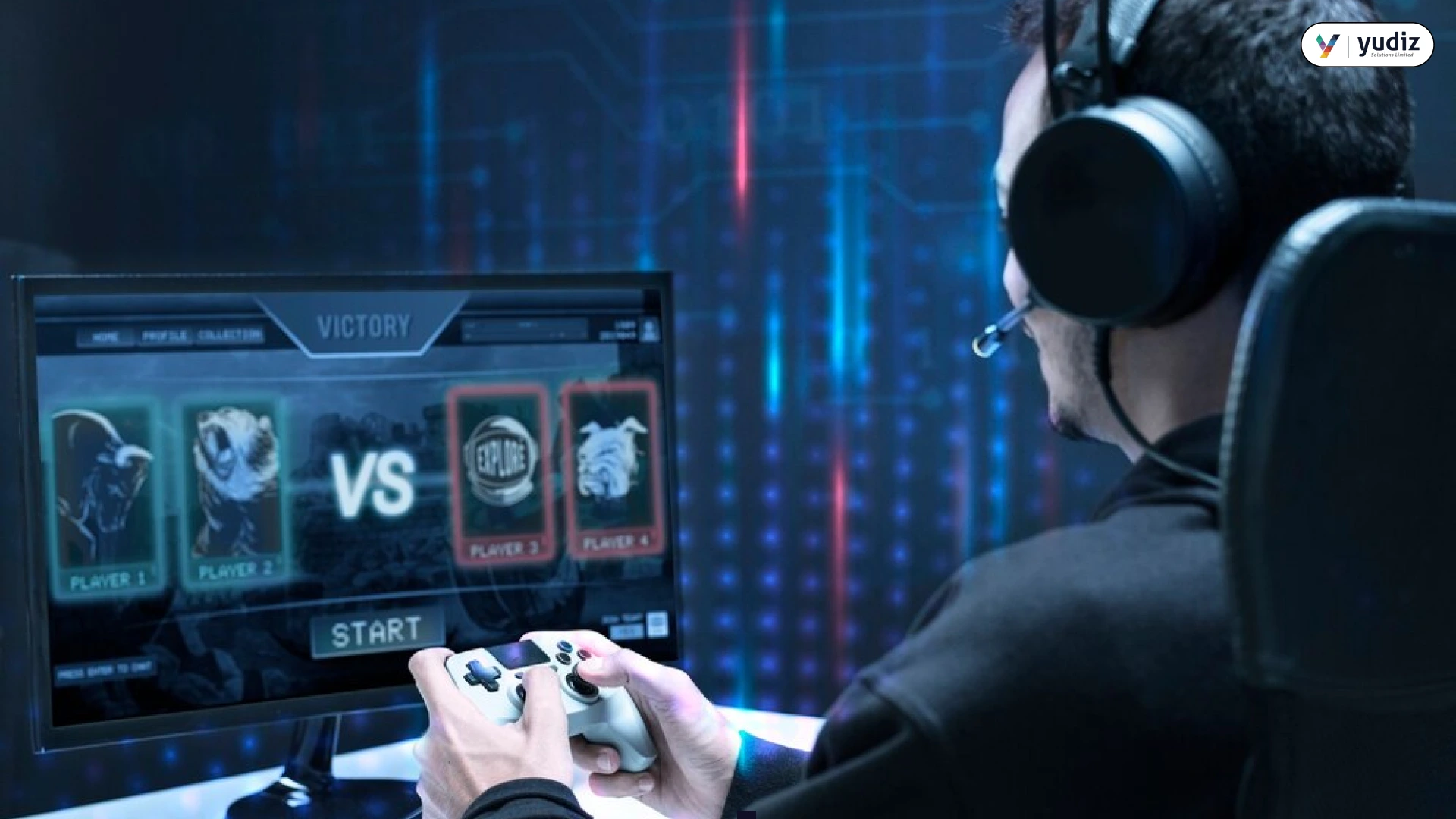
Game Development Process: How to develop a game step-by-step?
The process of game development involves different steps that rely on each other. Understanding and following the game development guide helps game developers to follow the step by step process and stay focused on game development.
1. Planning
A planned strategy leads to successful game development. Hence, it is an important step before moving forward with how to develop a game step-by-step. This stage of planning involves understanding the game concept, choosing the platform, knowing the target audience, and the objective of developing a game.
- Game development concept: Analyze and identify the concept of the game and accordingly define the genre, design, and game mechanism.
- Market Research: Understand the current market & trends and the demand for the game with the potential competition. This helps to position the game in the market easily.
- Technical Analysis: Analyzing the technology, tools, and team of game developers required as per the given budget
- Project Scope: Defining the scope of the project will help to set the goal and meet the timeline. This includes game features, content, etc.
2. Pre-Production
This is the next step in the game development process. In this step, the design of the game and its technical specifications are analyzed. This creates a plan about following the game development process.
Some of the key points include –
- Game Design Document (GDD): This document of the game design includes all the technical specifications to be included in the game. This includes game characters, different game levels, and the story of the game.
- Technical Design Document (TDD): This section includes the technical details of the game. It includes the game engine to be used, the programming language, tools, and technology stack, including the hardware and software specifications.
- Prototyping: With the help of Prototyping it helps to identify the issue at the early stage of the game development process. In case of any issue, one can redefine the design of the game.
- Resource Planning: This includes the resources required for the game development process. It includes game developers, tools, technology, etc.
Also Read : Blockchain Game Development Costs: What to Expect in 2025
3. Production: The Real Development
Production is the real step that includes the actual game development. This is the step where the real game development starts.
The activities in the production stage include –
- Designing & Animation: This includes designing and animating the assets like characters, environments and animation of the game. This can be done with 3D modeling for games, rigging, etc.
- Game Sound: To enhance the user experience and increase the engagement with the sound effects or by adding music to the game.
- Programming: Here the actual coding of the game starts. In this step, coding is done for the game mechanism, its rules, and interactions
- UI/UX Development: Developing the game with user-friendly UI/UX design with interactive game elements.
- Game Levels: Developing the game with different game levels & environments that make the game more engaging and give an interactive experience to the users.
4. Testing the Game
Once the game is developed, then it comes to the testing stage. It is important to have testing or quality assurance done for the game to examine for the bugs, performance issues or any other errors.
Some of the different types of testing are –
- Functional testing: Testing the features and functionality of the game and can detect if there are any technical issues or bugs
- Performance Testing: Checking the performance of the game; it should be compatible with different devices and must ensure the smooth flow of the game
- Usability Testing: Examining the overall performance of the user interface ensuring more engaging gameplay.
- Compatibility Testing: Making sure that the game is compatible with the desired platforms and devices
- Regression Testing: This is nothing but retesting. It ensures that there are no new bugs or errors found after the implementation of new changes in the game.
Also Read : How to Start an Online Ludo Game Business in 2025?
5. Pre- Launch
Before releasing the game officially on the Play Store, there are some of the key points to consider pre-launch –
- Marketing Strategies: Creating the best marketing strategies before launching the game. One can also create demos, videos, and social media campaigns to reach the target audience.
- Beta Testing: Gathering the feedback from players by releasing the game. Identify if there are any bugs found, and fine tune the game to meet the requirements.
- Localization: The game must support different languages so it can be adaptable to different regions. This helps to reach a broader audience.
6. Launch
This step includes the final version of the game to be launched.
This includes –
- Distribution: This is making the game available on different channels, including online platforms.
- Monitoring: Tracking the performance of the game that helps to identify where it can be improved further
- Customer Support: Assisting the players, in case they find any issue in the gameplay. This creates a positive impact on the customer.
7. Post Launch
Launch and finish? The game development process is not yet over. There are post-launch activities that keep the game more engaging.
Some of the activities include –
- Regular Updates: Keeping the game up-to-date. Adding new content and features to the game as per the trends and requirements.
- Downloadable Content: Users can download the content to explore the game, providing an engaging experience to the players.
- Community & Forums: Gathering insights about the game and experience of the users by connecting with them through forums or social media.
- Analytics: Evaluating the success of the game by analyzing the data of the users, sales, and players’ behavior.
Create Epic Games Today

Conclusion
Before heading towards game development, it is important to proceed with planning. As it is a bit of a complex journey, it needs planning and connecting with a game development company that can assist with the technical details. They help from the pre-launch till the post-launch support that is included in the game development process guide as mentioned above. A startup or business looking for game development can follow the steps and can get it done uniformly. Understand the game development process and enhance the quality of the game in the competitive industry.
Frequently Asked Questions
The 7 stages of game development include Planning, pre-production, production, post-production, testing, pre-launch, and post-launch. These steps are important for game development and ensure smooth play of the game.
There are different steps involved in the game design process. This includes –
- Concept – Genre, theme, and goal of the game.
- Research – Understanding the market for similar games
- Game Design Documents – This includes the game rules & features
- Prototyping – Testing the core mechanism of the game
- Playtesting – Improving the performance of the game as per testing
- Finalize Design – Balancing the final gameplay
AAA game development is a term used for games to be developed with a big budget.
The process includes –
- Collaboration with a large team for designing, programming, and marketing
- High-quality graphics & video for realistic experience
- Detailed planning for a smooth gaming experience
- Best marketing strategies & campaigns.
For a typical game development, it takes around 6-12 months for small indie game, whereas AAA titles can take 2–5 years.
A typical timeline includes:
- 1–2 months for planning
- 2–4 months for pre-production
- 6–18 months for production
- 2–3 months for testing
- 1–2 months for pre-launch activities
Following is the step-by-step method to develop a game –
- Generate Idea – Create an idea, story, genre and style
- Design – Design the features and gameplay mechanism
- Game Engine – Choose game engine like Unity or Unreal
- Create Asset – Create art, music, sound & animation
- Coding – Start Coding & Develop the Game
- Testing – Test the game before play
- Launch – Launch or Promote the Game
- Regular Update – Add new content and fix if any new issue found
The best language depends on the game engine and platform:
- C# is best for Unity and great for beginners.
- C++ is used in Unreal Engine, which is very powerful for advanced games.
- JavaScript is good for web games.
- Python is beginner-friendly and useful for prototypes or learning.
- GDScript is used in Godot, is easy to learn, and is game-focused. Each language has its strengths. C# and C++ are the most popular in professional game development.

